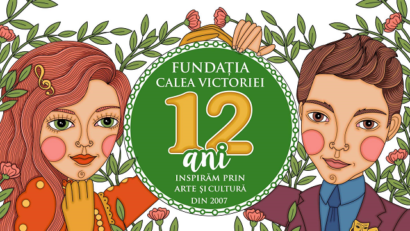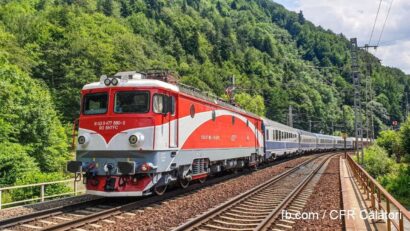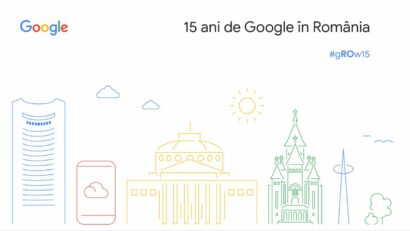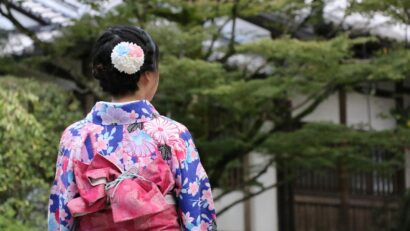Easter preparations at the National Museum of Painted Eggs in Ciocănești
An overview of traditional preparations in Ciocănești around Easter
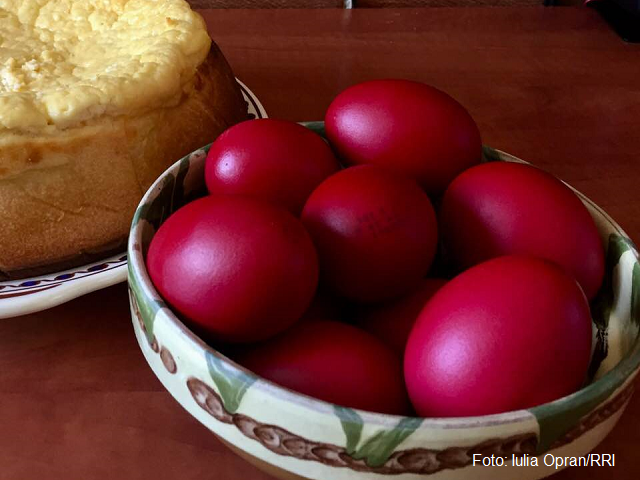
Ana-Maria Cononovici, 30.04.2024, 14:00
The National Museum of Painted Eggs was set up in 2007 on the sidelines of the Painted Eggs National Festival in Ciocănești, held every year around Easter. Ciocănești is a village in Bukovina, less than 25 kilometers from Vatra Dornei, the perfect place for tapping an Easter egg. Marilena Niculiţă, the director of the National Museum of Painted Eggs, told us how the village is preparing for the Easter holidays:
“Recently we also had the National Festival of Painted Eggs, which attracted a large number of participants, both master egg-painters, as well as students, because we also had a competition for schools, from elementary grades to high school and university students. We had over 75 embroiderers, only from Bukovina. We know that Bukovina is known for painting eggs, but we also had craftsmen from other areas of the country where this tradition has been preserved. It was a festival that attracted a large number of tourists, here in Ciocăneşti. Tourists also come during the Easter holidays to visit the two existing museums in Ciocăneşti, both the National Museum of Painted Eggs and the Village Museum. Our museum has an impressive collection of painted eggs, over 1,800 exhibits that are between 40 and 100 years old, but also an exhibition of over 2,000 items that scooped awards in each of the 19 editions of the National Festival of Painted Eggs. Also, until June 24, we will have a Painted Eggs Trade Fair, which will be hosted by the museum”.
Marilena Niculiţă, the director of the National Museum of Painted Eggs, Ciocăneşti, gave us more details about the collections of the Village Museum.
“At the Village Museum, tourists have the opportunity to see the workshops organized there, because the museum organizes workshops with the main local trades, a blacksmith’s workshop, a traditional stable, a rafting workshop, a mining workshop, a woodworking workshop, a traditional peasant’s house with fabrics, folk costumes and folk masks. The architecture of the houses in Ciocăneşti is special. And now, because we are talking about the Easter Holidays, the locals decorate their houses as beautifully as possible for the holidays. 99% of houses are decorated with traditional, geometric motifs, which we find displayed not only on houses, in Ciocăneşti, but also on folk costumes, on fabrics, on stitches, and also on painted eggs. A genuine egg painted in Ciocăneşti has a black background with geometric motifs”.
The Easter holidays involve traditions that are preserved with great care. Marilena Niculiţă gave us more details:
“In Ciocăneşti, on the sidelines of this festival, we also had a competition called ‘The Easter Basket’. Since the Easter holidays are approaching, local housewives prepare all the traditional dishes for the Easter basket, just like everywhere else across Bukovina. They prepare Pască, a special sweet Easter bread made with cottage cheese, Cozocnac – the traditional Easter pound cake, lamb dishes, red eggs, but also poached eggs. In the past, we only used to paint red eggs during the Easter Lent, but now, with so many orders, because the brand of Ciocănești is the painted egg and the house with traditional motifs, our craftsmen work all year round and have the opportunity to sell their exhibits within the museum as well, but also by participating in fairs and exhibitions organized around the Easter holidays”.
The Village Museum plays host to workshops addressing anyone who wants to learn the techniques of painting eggs. Marilena Niculiță also told us that the workshops are attended by visitors, the local children being used to painting eggs at home, because all the housewives do it around Easter, and because each new egg-painting contest means that the winning eggs are added to the museum’s collection.
“Many of the exhibits that scoop prizes belong to local craftsmen. We know that Ciocăneşti is the village with the most master egg-painters from Bukovina. But we also had participants and prize-winning eggs from other villages of Bukovina, and from Galați and Botoșani. In previous years, we had groups of students from Brăila, Neamţ and Braşov who learned to paint eggs here, in our museum workshops, and every year they were the ones who won the prizes in Ciocăneşti. This year, they did not participate, but usually they return to the festival and participate in the competition. But this year too, we have won many prizes, I would say master craftsmen and children themselves are equally tied”.
Ciocăneşti is worth visiting all throughout summer, because there are many tempting events. The Rafting Festival takes place here, which offers the opportunity to see how a raft is built, but also to take a raft ride on Bistrița. You can climb to one of the sheep folds on Suhard mountain, you can visit a manganese mine, you can participate in a gastronomic contest, in the trout fishing contest, or attend the folk costumes parade with riders on horseback, an event organized every year. (VP)

